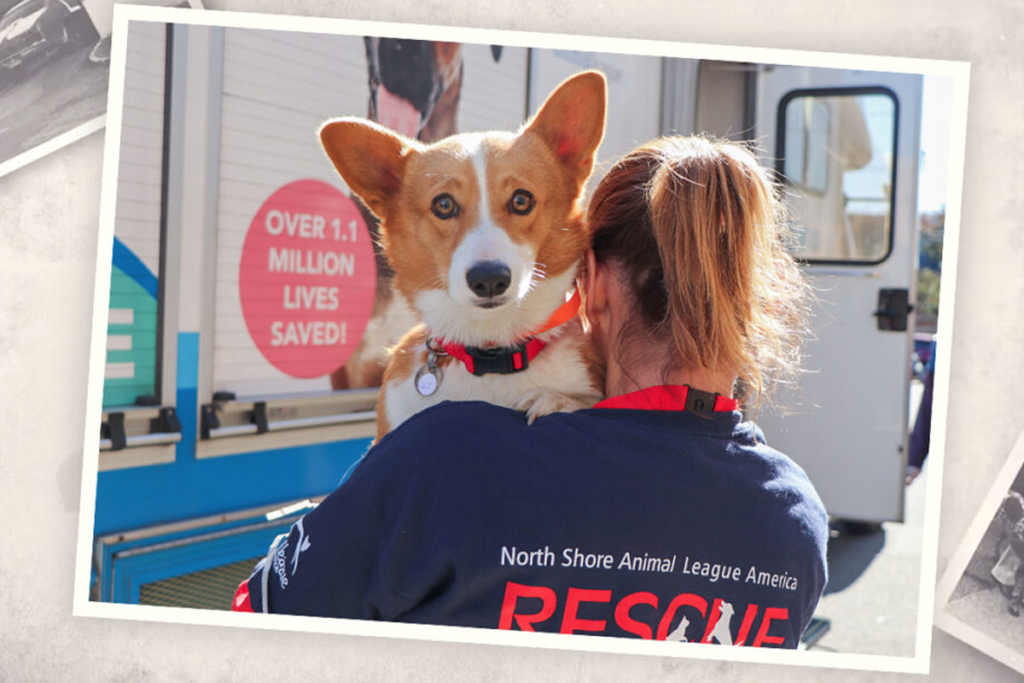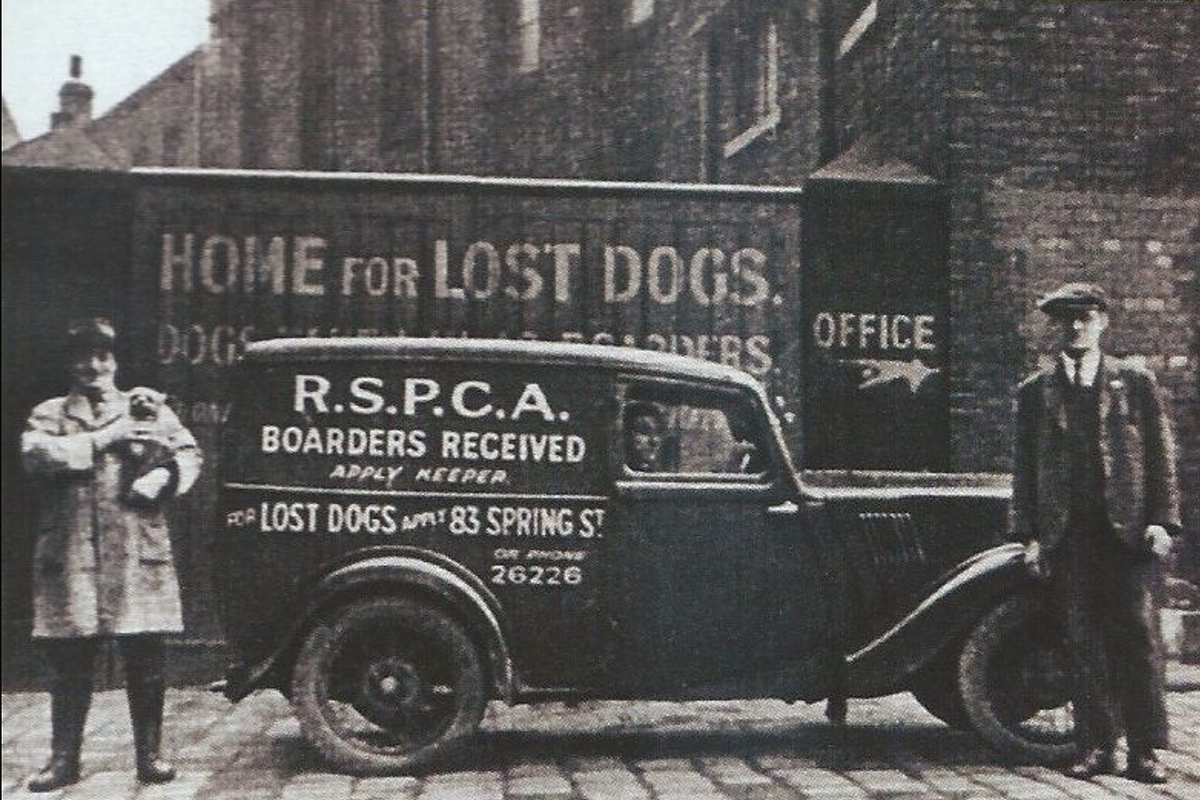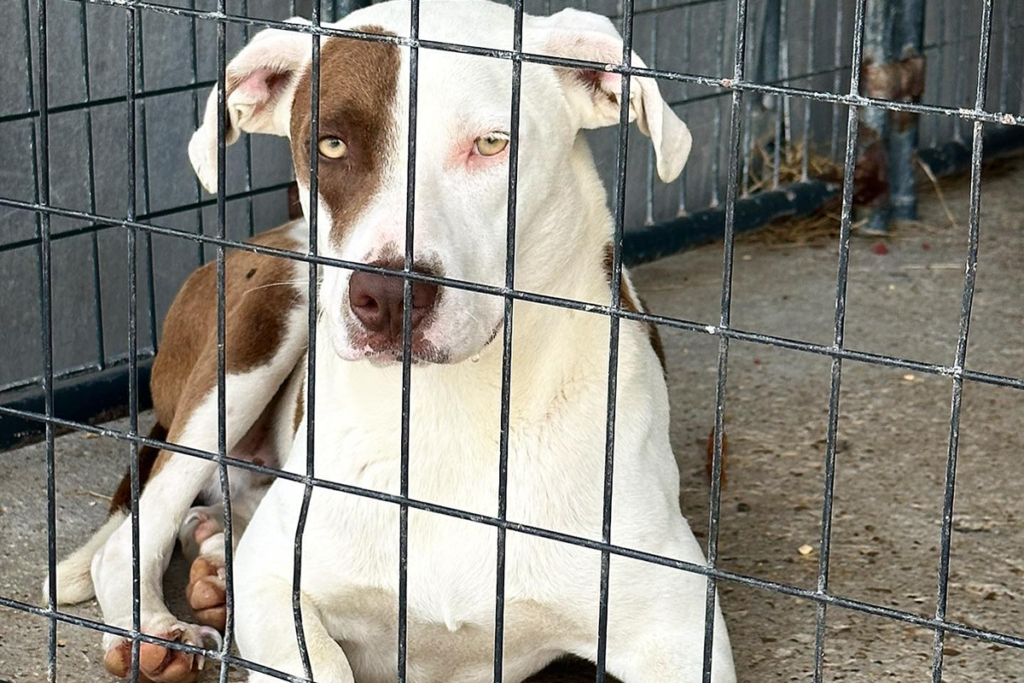Earlier this week, we celebrated National Dog Rescue Day. Not only is animal rescue the focus of our organization, but it’s also special to each member of our team because we all share our hearts and homes with a pet who came to us through rescue. They are daily reminders of how important our work is and just how profoundly it can change an animal’s life…and a human’s.
This made think about the many organizations like ours, and the many who came before us. What is the history of animal rescue? Well, I’m going to tell you…
On June 16, 1824, a small group of people met in a London coffee shop, determined to change animals’ lives. Among them, Richard Martin, who helped pass the first law protecting animals, known as the Cruel Treatment of Cattle Act of 1822. That day, the Royal Society for the Prevention of Cruelty to Animals (RSPCA) was formed and sparked a vital social shift in how people thought about animals. The RSPCA’s initial focus was to prevent the abuse of carriage horses in the days before automobiles. Horses were driven through freezing cold winters and stiflingly hot summers, often with little food, water or rest. The drivers prioritized profit of proper care and would often beat the horses if they refused to or were unable to pull the carriages. Thanks to the diligence of this group and the support it garnered, the RSPCA helped to pass early laws that regulated the carriage-horse business.


In1866, Henry Bergh, an American diplomat on assignment in Russia, stopped a carriage driver from beating his fallen horse in the street. That experience had a profound effect on Bergh, much like those who came together years earlier to form the SPCA in London. As a result, Henry Bergh resigned from his post in order to devote his energy to the prevention of cruelty to animals, and soon after founed the American Society for the Prevention of Cruelty to Animals (ASPCA). Bergh faced an uphill battle from the start. At the time, America was not a friendly place for animals.
The ASPCA’s first official seal, drawn by Frank Leslie and unveiled in 1867, depicts an angel of mercy protecting a fallen carthorse from its abuser. That year, the ASPCA operated the first ambulance for injured horses, a full two years before New York City’s Bellevue hospital employed the first ambulance for humans. Eight years later, Henry Bergh invented a canvas sling to help rescue horses; and the sling would later be used on the battlefields of Europe during World War I. This groundbreaking success not only changed the way people viewed horses and livestock, it set the foundation for a shift in people’s perspective about dogs as well.

In 1869, Caroline Earle White and 29 women, decided to take a stand and begin speaking out about how animals should be treated and changing how society thought about the animals that shared their lives. In April of that year, these women established what’s considered the country’s first animal shelter, Pennsylvania SPCA, in Bensalem, PA. In addition to horses, its mission expanded “to provide as soon as possible, a refuge for lost and homeless dogs, where they could be kept until homes could be found for them, or they be otherwise disposed of.”


Although Mrs. White and her friends were instrumental in the founding of the Pennsylvania SPCA and raised a significant amount of money for that society, they were denied places on the board of directors simply because they were women. However, as the need to promote humane treatment of animals was so great in the city at that time, Mrs. White and her friends followed the advice of Morris Waln, president of the Pennsylvania SPCA, and formed their own society. The Women’s Branch of the Pennsylvania SPCA was formed on April 14, 1869 by Caroline Earle White and 29 other women. Although the organization was called a “branch,” it was totally independent from the beginning, having separate leadership and accounts.
“The whole notion of a shelter, or even a municipal pound, as a place where you could go and find a pet, really took hold in the latter part of the 19th century and then has grown steadily ever since”
– historian Bernie Unti, Humane Society of the United States
In the Progressive Era, just as social-reform activists called for the humane treatment of factory workers in an era of rapid industrialization and urbanization, so too, were activists calling for the humane treatment of animals.
In 1870, the women took over the management of the Philadelphia Dog Pound and were the first humane group ever to assume such responsibilities. They quickly put an end to the barbaric practices of euthanasia, which included clubbing, shooting, or drowning stray dogs. Instead, they opened the nation’s first animal “shelter”, and kept the dogs clean, well fed and socialized for a period of time to allow owners to find and claim them. Although it’s not clear when adoptions began, there is documentation that from time to time, someone would ask if they could take one of the stray dogs from the shelter and eventually a formal adoption process was put into place.
Legislation pertaining to animal welfare was another area the Society concentrated on and the women worked diligently to pass laws regulating the treatment of horses, cattle and domestic animals. In the early years, these successes were hard fought and seldom won, with pressure and criticism coming from all directions, but these ladies were devoted to their pursuit of just care for animals. In 1871, doctors at the University of Pennsylvania discovered just how formidable Ms. White could be when they insisted that they be allowed to removed animals from the shelter for scientific experimentation. With the support of the mayor, Ms. White informed the doctors that her organization would never allow animals to be used for such purposes. After this battle, Ms. White became a strong advocate for the anti-vivisection movement, which is the practice of performing operations on live animals for the purpose of experimentation or scientific research, and founded the American Anti-Vivisection Society in 1883.
The founding focus of working horses and mules was not forgotten, and by the 1900 the Women’s Branch changed its name to the Women’s Pennsylvania SPCA (WPSPCA) and continued to forge its own identity. WPSPCA and its staunch supporters had watering fountains installed at busy intersections throughout the city and surrounding areas. These would provide fresh drinking water for horses, stray animals, birds and humans alike. Clean drinking water was not easily acquired in those days and at its peak, WPSPCA had over 50 under its care, saving countless lives over the years.

In 1907, the organization purchased a corner property and built the most modern animal shelter of that time, and the following year, the Caroline Earle White Dispensary was opened on South Chadwick Street. The Dispensary was based upon a model Ms. White visited traveling in Italy. It was the first of its kind in the United States and it provided free veterinary care to horses and other animals belonging to city residents unable to pay for a private veterinarian. The existing horse ambulance was also relocated to this facility. Several years later, WPSPCA was able to open the Annie L. Lowry Home for Smaller Animals, a satellite shelter in southwest Philadelphia. The facility included a home for a supervisor, a barn with dog runs, a dog play area, a full dispensary with a waiting area, an operating and dressing table, and a stall for horses. Their veterinarian held office hours every Saturday morning for local animal owners.
Through the years, Women’s SPCA grew steadily not only in membership and funds, but influence as well. It became a model for young societies all over the world. In 1880, Ms. White gave a speech in Brussels, Belgium, during which she described the methods and principles applied at the Society and it generated so much interest a detailed article was written based on her words and distributed to every kindred society around the world.
Due to the amazing accomplishments by Ms. White and her incredible group of women, organizations were established throughout the U.S. However, they lacked a unified voice in promoting the humane movement on a national level. In 1877, 27 delegates from humane organizations across 10 states joined together in the first forum of its kind, where they could combine their strength and unite their missions. It was at this meeting that American Humane was founded. For more than a hundred years American Humane has been first in promoting the welfare and safety of animals and strengthening the bond between animals and people.

Today, there are currently 49,728 animal welfare organizations in the U.S., the largest being North Shore Animal League America. In 1944, Marianne Sanders founded North Shore Animal League and Dog Protective Association, Inc., and began rescuing homeless animals in and around the Town of North Hempstead, Long Island. Although it was a successful organization, the Long Island community was growing as well. In 1960, the Association was forced to choose between handling animal control for Long Island’s increasing animal population problem or remaining “no-kill”. They chose life. As a result, the Association lost lucrative animal control contracts and suffered a serious drop in revenue, but their supporters rallied, and North Shore Animal League carried on even more determined to save lives and end homelessness.
To date, the Long Island, NY organization has saved 1.1 million lives, and in 2023 alone, North Shore Animal League performed 43,000 exams, 47,000 vaccinations, and found homes for 56,000 animals.




Thanks to Arthur Broome, Henry Bergh, Caroline White, and Marianne Sanders, on June 16th, we will celebrate 200 years of animal rescue. They are outstanding examples of people who witnessed injustice and cruelty, and worked tirelessly to not only stop the acts, but educate and legislate for change. Their founding principles and teaching not only changed the world’s view, but altered the course of future generations and our relationship with animals. We still have an incredible amount of work ahead of us, yet without them, I’m not sure we’d have a ship to right.
We are grateful for the efforts of so many before us and those today that dedicate their time and energy to saving animals. I’ll leave you with this:
As of today, there are around 4,000 brick-and-mortar animal shelters in the United States.3 Although intake has increased for some animals, animal transfers have decreased from 2022 to 2023. Here are some animal shelter facts and statistics to consider:
- Around 6.3 million companion animals enter shelters each year around the country.11
- 3.2 million in shelters are cats, while 3.1 million are dogs.11
- About 50% of U.S. shelters are no-kill.1
- An estimated 4.1 million pets are adopted from shelters each year.11
- Around 920,000 shelter animals are euthanized annually and 390,000 of those are dogs. Animal shelter euthanasia statistics show approximately 13% of dogs who enter shelters are euthanized, while 65% are adopted.11













